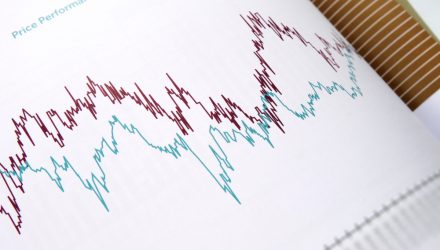With the pandemic shutting the door on an extended bull run, a sustained move to value was to be expected, but lately, it’s been growth that’s been outperforming its counterpart. As more countries get COVID-19 under control, who ends up victorious—value or growth?
Growth has large cap technology to thank for the current lead.
“Even pre-Covid, we were seeing leadership in tech and not just large-cap tech but what we’ll call second-tier tech — financials and energy have been lagging in terms of a sector rotation point of view for some time. So, if you were represented in those sectors, you were underperforming the indexes, because the technology was leading heading into Covid,” said Todd Gordon, managing director of Ascent Wealth Partners, on an episode of CNBC’s “Trading Nation.”
Will growth sustain itself or will a possible recession bring value back to the forefront in the minds of traders? From a relative value ETF standpoint, this could put value over growth equities and defensive over cyclical equities in play—particularly, the Direxion Russell 1000 Value Over Growth ETF (NYSEArca: RWVG)
RWVG seeks investment results that track the Russell 1000® Value/Growth 150/50 Net Spread Index. The fund, under normal circumstances, invests at least 80% of its net assets in securities that comprise the Long Component of the index or shares of ETFs on the Long Component of the index.
The index measures the performance of a portfolio that has 150% long exposure to the Russell 1000® Value Index (the “Long Component”) and 50% short exposure to the Russell 1000® Growth Index (the “Short Component”). On a monthly basis, the Index will rebalance such that the weight of the Long Component is equal to 150% and the weight of the Short Component is equal to 50% of the Index value.
On the other hand, Investors looking to play further strength in growth equities can start with the Direxion Russell 1000 Value Over Growth ETF (NYSEArca: RWGV). RWGV measures the performance of a portfolio that has 150% long exposure to the Russell 1000® Growth Index (the “Long Component”) and 50% short exposure to the Russell 1000® Value Index (the “Short Component”). On a monthly basis, the Index will rebalance such that the weight of the Long Component is equal to 150% and the weight of the Short Component is equal to 50% of the Index value.
For more relative market trends, visit our Relative Value Channel.

